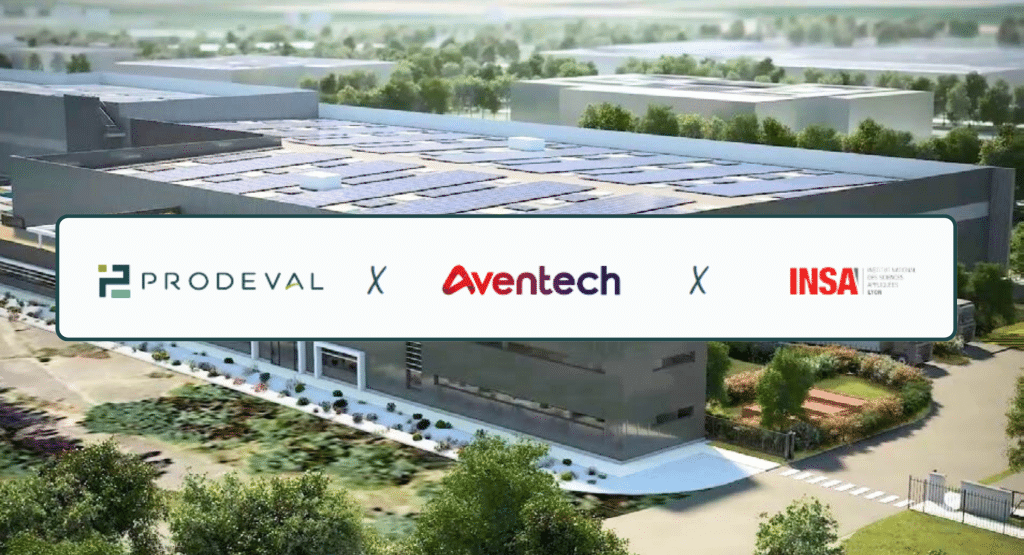Things to Consider When Changing a Membrane Gasholder Roof

Katrin Kayser, IBBK Fachgruppe Biogas GmbH, k.kayser@ibbk-biogas.de
In recent years, numerous German anaerobic digestion (AD) plants have been converted into highly flexible power plants that generate electricity only when solar and wind energy sources are insufficient. However, the conversion process involves enlarging the gas holder roof, which is challenging and requires careful planning to ensure worker safety. Below are some considerations and questions to keep in mind when undertaking this process.

Firstly, envision a concrete tank with a wall thickness of 20 cm and a diameter of 16, 18, 20, or larger meters, covered by a textile roof. To detach the roof from the tank, all the nuts on the flat profile must be loosened. Where will the workers stand to do this? Are they safely attached to an anchor point to secure them in the event of a fall? Where would such an anchor point be? On a crane? On scaffolding?
Once the nuts are opened, biogas will escape through the gaps, potentially creating a hazardous atmosphere. It is crucial for all workers to carry portable gas detectors to alert them when the lower explosion limit is reached. Additionally, all ignition sources must be avoided. Which ignition sources might exist and how can they be avoided? Is artificial ventilation in place to immediately dilute the gas below the flammable range?
Now imagine that the flat profile is completely open and the workers have to pull the gasholder back to one side of the digester. Suddenly a large volume of biogas is released. Where are the workers in relation to this cloud of biogas? Which way is the wind blowing? Where can the workers walk when they open the digester? On the edge of the digester wall? On a scaffolding?
A crane may be used to lift the digester roof. Can friction cause an electrostatic discharge that could ignite the gas mixture below? How can this be prevented?
Of course, it is too late to ask such questions once the work has started. It is crucial to address these safety considerations and translate them into comprehensive safe operating procedures during the planning phase. Both the service provider and the AD plant operator must collaborate to ensure worker safety. Once a clear plan is agreed upon, the work can commence. While accidents can never be completely eliminated, a strict approach and prioritizing safety can save lives.







Comments